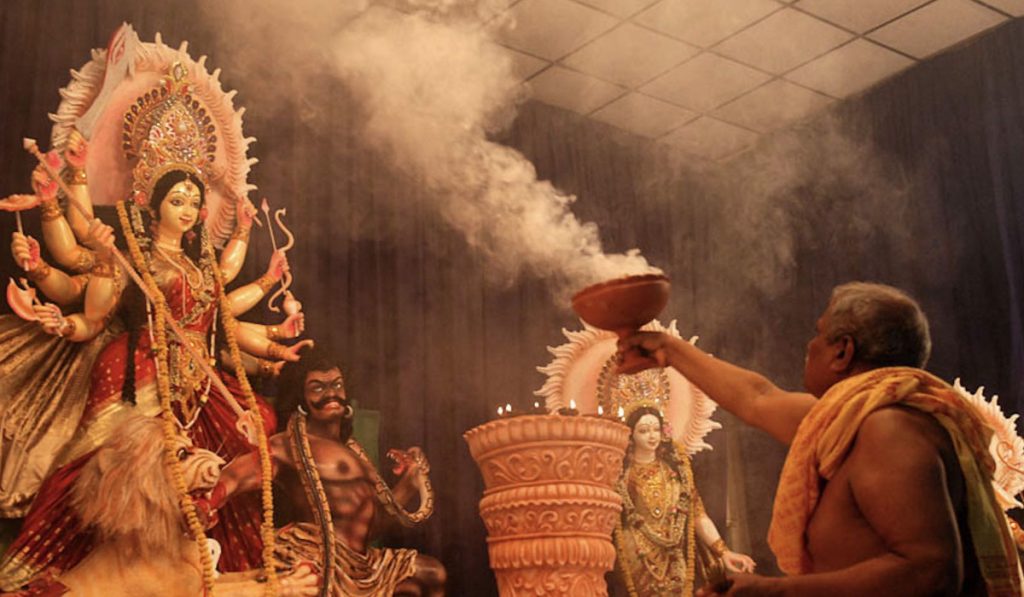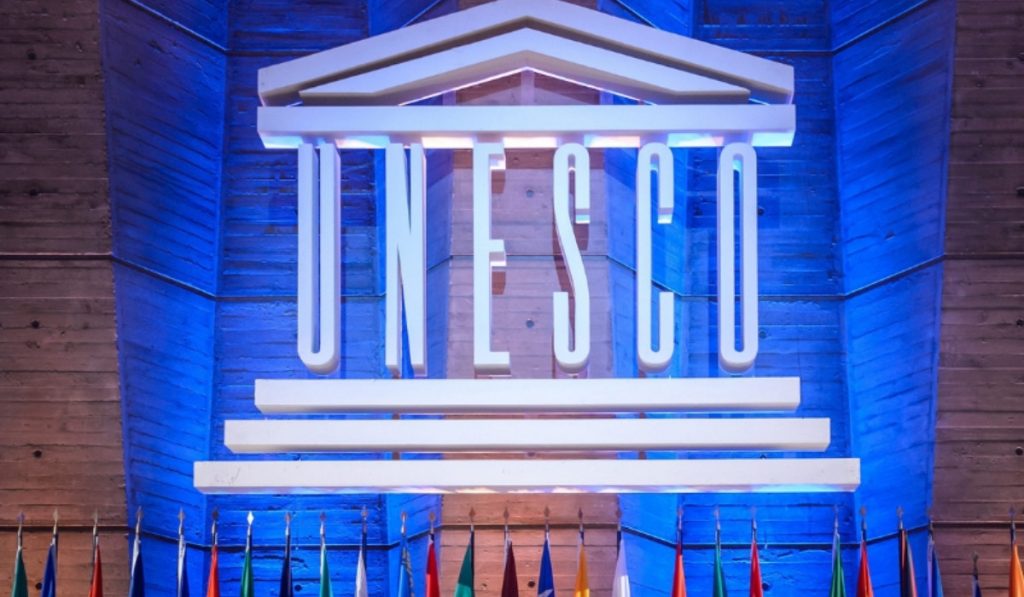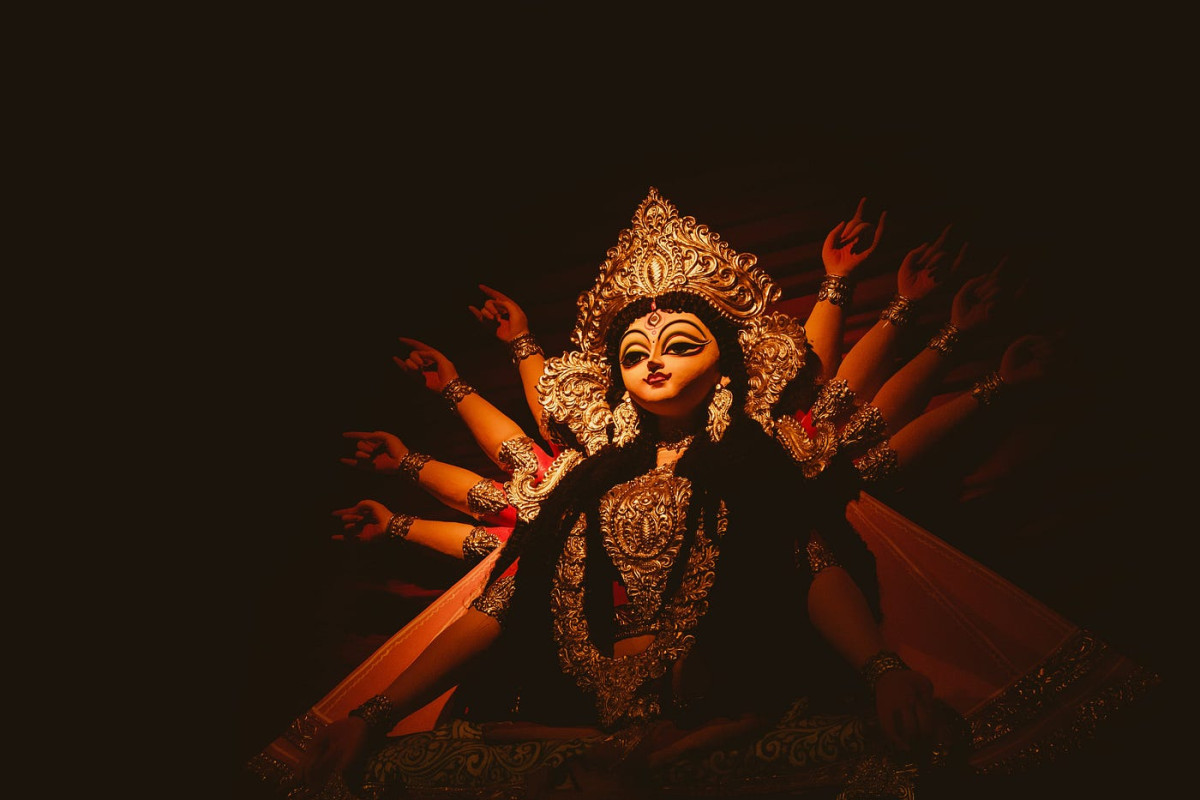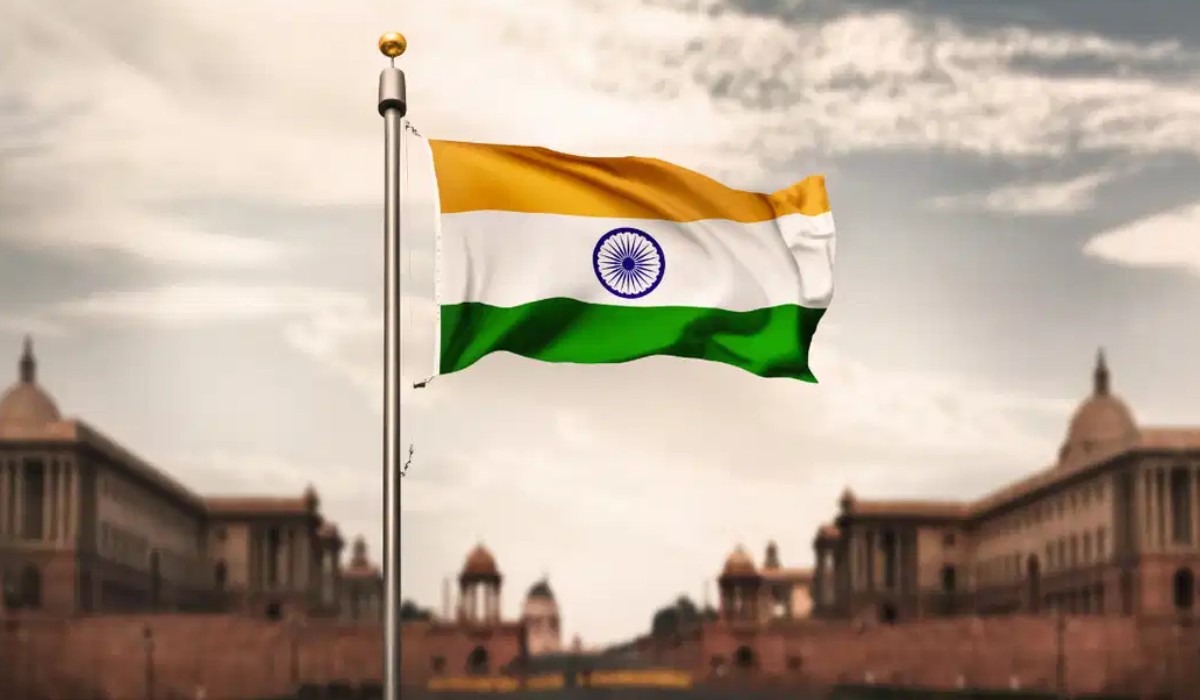Durga Puja, one of the most prominent festivals in India, is a vibrant and joyous celebration that has been an integral part of the country’s cultural tapestry for centuries. In recognition of its profound cultural significance, Durga Puja was inscribed on the UNESCO Intangible Cultural Heritage of Humanity list in 2010. This distinction highlights the festival’s exceptional cultural value and its enduring impact on Indian society.
The Essence of Durga Puja
Durga Puja is a Hindu festival that celebrates the victory of the goddess Durga over the demon Mahishasura. The festival typically occurs in September or October and spans ten days, although the most significant celebrations take place during the last four days. These four days, known as Saptami, Ashtami, Navami, and Dashami, are filled with elaborate rituals, prayers, music, dance, and artistic expressions that are deeply rooted in Bengali culture.
The heart of Durga Puja lies in the creation and worship of elaborately crafted clay idols of Goddess Durga. Artisans and sculptors invest months of meticulous effort to create these exquisite idols, which are later installed in lavishly decorated pandals or temporary structures. These pandals, often with intricate artwork and unique themes, serve as cultural and artistic showcases.

Also Read: World Egg Day: Celebrating the Culinary Versatility of Eggs
The UNESCO Recognition
In 2010, UNESCO added Durga Puja to its list of Intangible Cultural Heritage of Humanity. This recognition came as a tribute to the festival’s profound cultural and social impact, not just in West Bengal, its place of origin, but throughout India and among Bengali communities worldwide.
UNESCO acknowledged that Durga Puja promotes unity, inclusivity, and diversity. It serves as a forum for artists, craftsmen, and the community to come together, transcending boundaries of age, gender, and socioeconomic status. Through its various rituals, performances, and celebrations, Durga Puja fosters a sense of belonging and pride in Bengali culture, while also promoting mutual respect among different cultural communities.
Promoting Cultural Preservation and Creativity by UNESCO
The UNESCO recognition of Durga Puja as an Intangible Cultural Heritage of Humanity places a spotlight on the need to preserve and promote cultural traditions. It not only acknowledges the significance of the festival in terms of cultural identity but also emphasizes the festival’s role in sustaining traditional craftsmanship, music, dance, and storytelling.
Furthermore, this recognition encourages the transmission of knowledge and skills associated with Durga Puja from one generation to the next. Younger generations are motivated to engage in cultural activities, ensuring that the rich heritage of Durga Puja is carried forward and continues to evolve.

Global Impact of Durga Puja
While Durga Puja has deep roots in West Bengal, it has transcended regional boundaries and has become a global phenomenon. Bengali communities around the world celebrate this festival with great enthusiasm. As a result, Durga Puja has not only retained its authenticity but has also adapted to the evolving cultural landscape, promoting intercultural understanding and respect.
In conclusion, the UNESCO recognition of Durga Puja as an Intangible Cultural Heritage of Humanity is a testament to the festival’s significance and impact on society. It showcases how a religious and cultural event can bring people together, celebrate diversity, and promote the preservation and evolution of cultural traditions. Durga Puja stands as a shining example of the enduring power of cultural heritage to unite and inspire communities, not only in India but around the world.
Also Read: 1,282 accidents, 135 deaths in 9 months on Samruddhi Mahamarg











